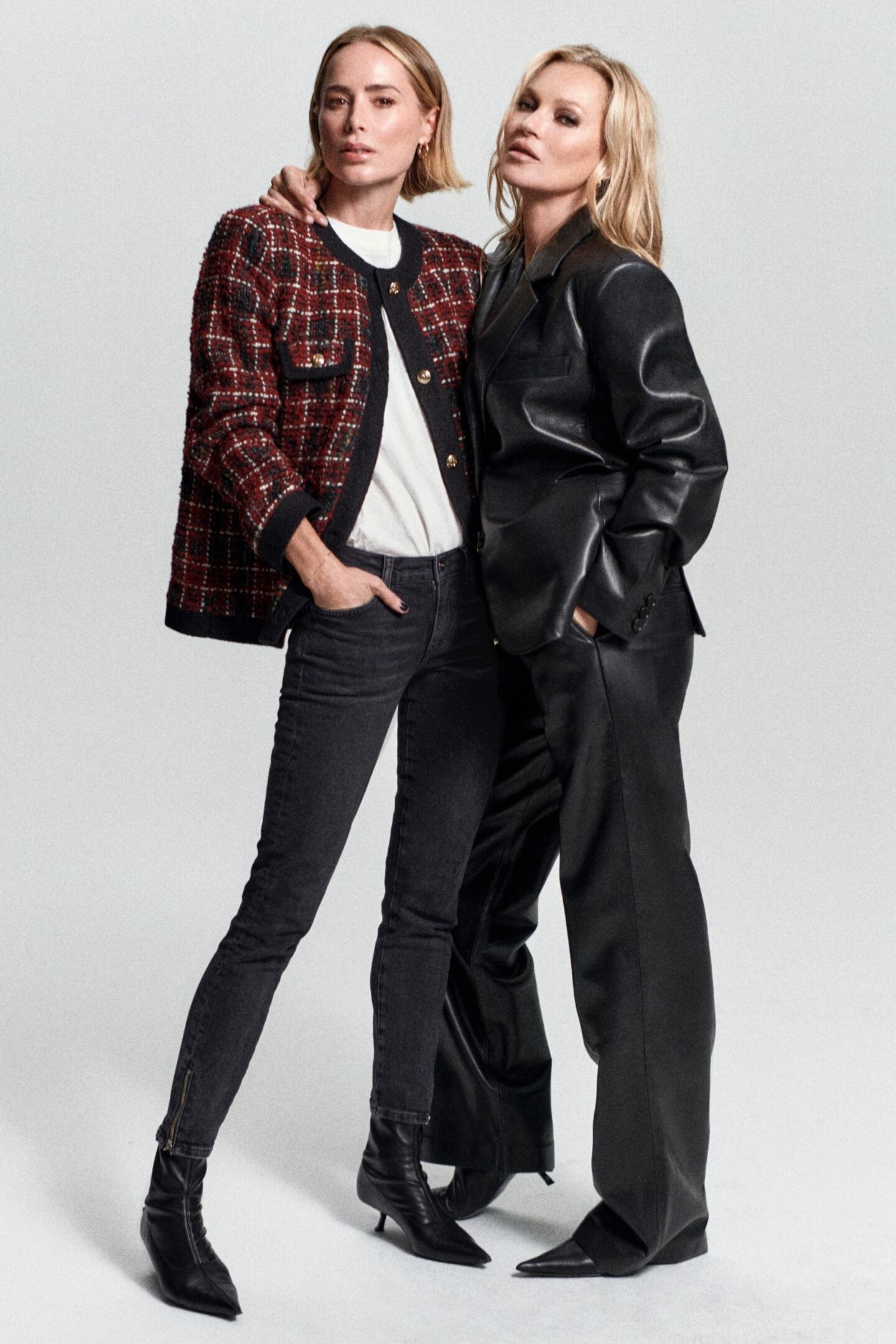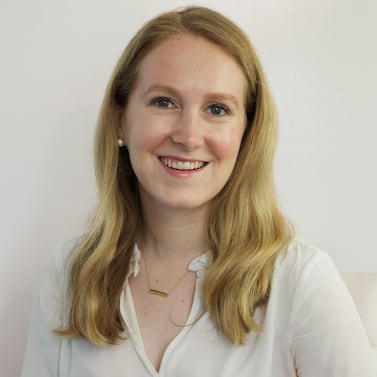
The Business of Fashion
Agenda-setting intelligence, analysis and advice for the global fashion community.

Agenda-setting intelligence, analysis and advice for the global fashion community.

Anine Bing, a brand founded by an influencer, is bringing in the ultimate fashion muse: Kate Moss.
The Los Angeles-based brand, which sells womenswear and is known for its graphic sweatshirts, studded booties and sleek wardrobe staples, has enlisted Moss as the face of its Fall 2023 campaign. She will appear in billboards and wild postings around New York and Shanghai, a new market for the brand. The model will also feature on a limited-edition T-shirt and sweatshirt, and this autumn Anine Bing will introduce the “Kate Tote,” named for the supermodel.
The move is a departure from the usual go-to marketing strategy for influencer-led brands, which typically rely on the reach of their social-media-famous founders to drive sales. But while that can be an engaging initial hook, it can also cap a brand’s appeal.
Anine Bing’s success is the result of carefully threading the line between taking advantage of its founder and namesake’s influence to boost the brand, but not relying too heavily on her profile — a balance many influencer-fronted brands have failed to strike in the past. For instance, the brand is a frequent presence on Bing’s Instagram feed, but she appears relatively infrequently on its page.
ADVERTISEMENT
Still, the 10-year-old brand’s campaign with Moss is only its second 360 campaign. (Last year marked its first, starring model Irina Shayk). For the majority of its lifespan, it’s relied on organic buzz fuelled by co-founder Anine Bing’s more than 1.2 million Instagram followers.
“Our community really likes [these campaigns], and it’s a good way for us to elevate the brand and continue to be relevant,” said Annika Meller, the brand’s other founder and chief strategy officer, adding that Moss has been a long-time muse for the label.
Founded in 2012 by Bing, a Danish model who was an early success in the world of fashion blogging, and her husband Nicolai Nielsen, the majority of Anine Bing’s items are wardrobe staples that feel made for the “quiet luxury” trend — though the brand’s most recognisable garment is its sweatshirts, which feature vintage-inspired logo-ed designs and, at $200, are an obvious “entry point” for new customers, said Meller. Sales grew by 40 percent from 2021 to 2022 and are on pace to grow another 25 percent this year, according to the company. The brand has been profitable since before the pandemic, and has zero debt, according to chief operating officer Olivia Gentin.
Bing is still closely involved with the business and Nielsen is the CEO. Though now her role doesn’t necessarily have to be a public one. Indeed, as the brand grows, Meller added, “we just naturally have to slim down, divide and conquer,” meaning that Bing herself has to choose what events, activations and more to participate in in-person.
“We’ve always been really clear on our goal and our focus, even from the very beginning, and that is that we want to build a modern heritage brand,” said Gentin. “We’ve always had lofty goals. Even though we started as as an influencer-founded brand, the end goal has always been to be much bigger.”
The brand has taken a traditional retail approach accordingly. It currently operates 13 stores in the US and by the end of 2024 it plans to have 30, with locations set to open in Toronto, Tel Aviv and Boston. It also has a collection of wholesale stockists, including Net-a-Porter, Farfetch and Saks Fifth Avenue, which Meller said have also helped to expand the brand’s reach.
Despite growth ambitions, Meller said the brand is not on the hunt for a buyer.
“It’s not something that we’re exploring at the moment,” she said. “We feel like we are on a fantastic trajectory, and in many ways we’ve just gotten started.”
Disclosure: Felix Capital, a backer of Anine Bing, is part of a group of investors who, together, hold a minority interest in The Business of Fashion. All investors have signed shareholder’s documentation guaranteeing BoF’s complete editorial independence.
For nearly a decade the beauty brand has built its marketing around sending social media celebrities on lavish vacations, a practice that’s become increasingly controversial. Could a trip to New York for 13 ordinary customers and their plus-ones to see Beyoncé in concert alter that perception? One reporter tagged along to find out.
Virtual influencers had faded from fashion campaigns, but now amid all the metaverse hype they’re popping up again, with Prada and Pacsun turning to virtual faces.
As the creator space has matured, brands must be thoughtful about crafting a strategy that leverages influencer marketing’s full power, considering everything from talent scouting to the effectiveness of metrics.

Diana Pearl is News and Features Editor at The Business of Fashion. She is based in New York and drives BoF’s marketing and media coverage.
This month, BoF Careers provides essential sector insights to help marketing professionals decode fashion’s creative and commercial landscape.
The brand, which celebrates its 65th anniversary this year, is introducing a new logo as part of a larger refresh in a bid to push the brand into the future.
Well, not exactly. But some surprising names made an impression on the red carpet alongside the likes of Loewe, Alaïa and Balmain.
The designer — whose bright, arty clothes earned him a place in the 2021 LVMH Prize Finals, and a guest designer post for Louis Vuitton — curated a set at the Netflix Is a Joke Festival this weekend, the latest example of his creative approach to building brand awareness.